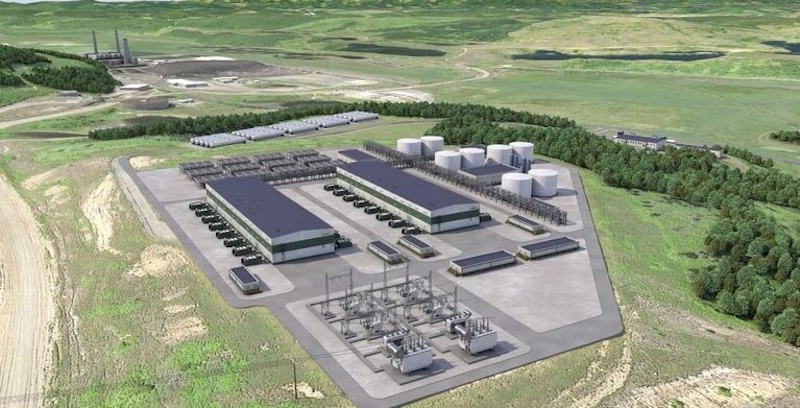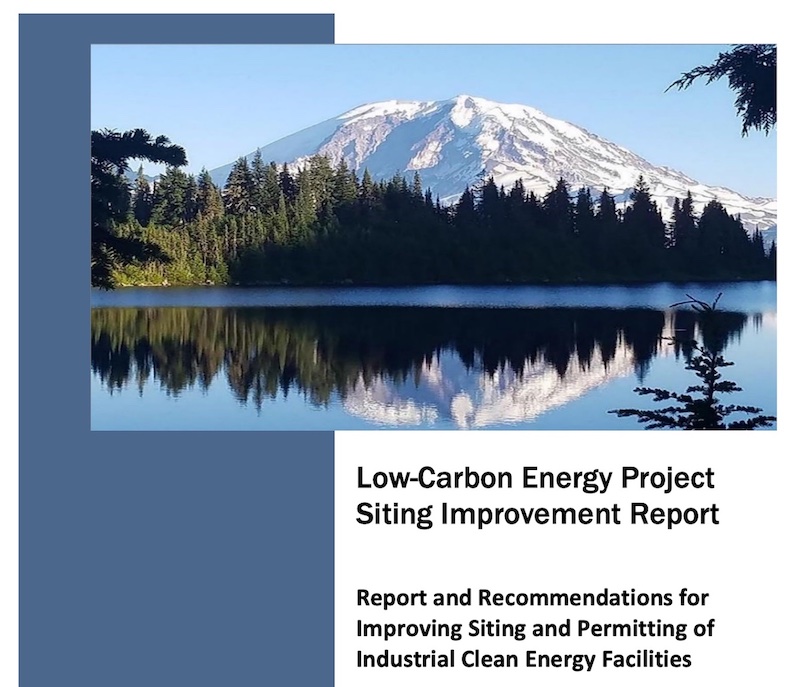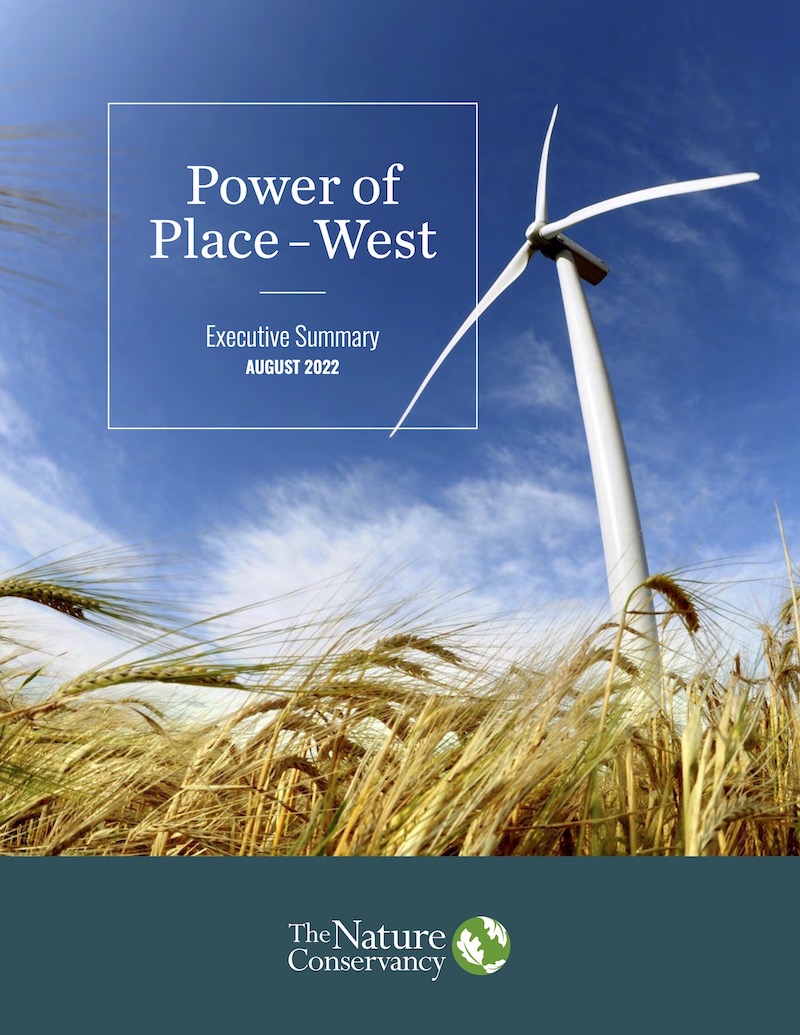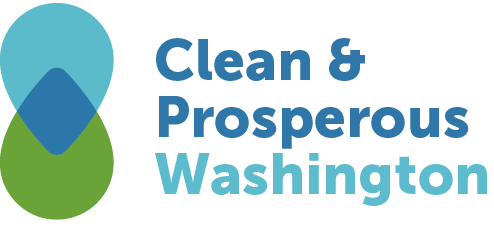Siting and Permitting
“Decarbonizing the economy will require an unprecedented amount of new energy investment” writes Alec Stapp in The Atlantic:
“Fossil-fuel infrastructure built over centuries needs to be replaced within the next few decades by clean-energy alternatives. The United States will need to build hundreds of thousands of square miles of wind and solar farms; deploy enough battery storage to keep power flowing through the grid even on calm, cloudy days; and at least double the country’s transmission-line capacity.

Artist’s rendering of the hydrogen production plant proposed in Centralia, Washington, by Australia-based Fortescue Future Industries.
With historic levels of federal and state funds available for investment — including auction proceeds from the Climate Commitment Act — clean energy projects are hot topics in corporate boardrooms, state legislatures, and community halls. And it’s not just power generation projects. Battery manufacturers, sustainable aviation fuel refiners, and builders of component parts for small modular reactors are attracting investment dollars to Washington. But investment funds alone won’t bring those projects to life, with the jobs and prosperity they promise. Improved siting and permitting processes at all levels of government are necessary.
Consider just one critical component of the clean energy infrastructure: the grid. According to Princeton University’s REPEAT Project (Rapid Energy Policy Evaluation and Analysis Toolkit),
“In order to interconnect new renewable resources at sufficient pace and meet growing demand from electric vehicles, heat pumps, and other electrification, [and…] to unlock the full emissions reduction potential of the Inflation Reduction Act, the pace of transmission expansion must more than double the rate over the last decade to reach an average of ~2.3%/year.”
But…
“…current transmission planning, siting, permitting and cost allocation practices can all potentially impede the real-world pace of transmission expansion.”
 The Washington state departments of Ecology and Commerce issued their Low-Carbon Energy Project Siting Improvement Legislative Report in November after consulting with representatives from biofuel companies, business associations, environmental and climate organizations, environmental justice entities, labor, local government, ports, renewable energy developers, Tribes and utilities. The report identifies 73 potential legislative, agency, and policy recommendations that “would improve siting and permitting processes, while protecting Tribal rights and resources and maintaining standards for the protection of the environment and local communities.”
The Washington state departments of Ecology and Commerce issued their Low-Carbon Energy Project Siting Improvement Legislative Report in November after consulting with representatives from biofuel companies, business associations, environmental and climate organizations, environmental justice entities, labor, local government, ports, renewable energy developers, Tribes and utilities. The report identifies 73 potential legislative, agency, and policy recommendations that “would improve siting and permitting processes, while protecting Tribal rights and resources and maintaining standards for the protection of the environment and local communities.”
Adding to the library of resources that can help guide smart decisions on modernizing our electrical grid is a report from The Nature Conservancy: Power of Place – West. Their study shows “the scale and pace of energy infrastructure build-out in the region will be unprecedented and enormous, but surprisingly affordable.”
 The report models several different decarbonization scenarios and shows which one is best for the West. It outlines 6 policy recommendations (with further detail on each, in the report):
The report models several different decarbonization scenarios and shows which one is best for the West. It outlines 6 policy recommendations (with further detail on each, in the report):
- Improve energy and decarbonization planning to maximize community, conservation, and economic benefits.
- Develop spatially explicit energy siting plans and streamline review of projects in locations that have the least conflict with environmental and community interests (“Priority Energy Zones”).
- Develop state and federal mitigation programs that require energy infrastructure to avoid, minimize, or offset impacts to wildlife, ecosystems, cultural resources, and iconic natural areas.
- Ensure energy siting on working lands benefits rural communities.
- Create a West-wide market that includes planning and coordination to develop the most cost-effective and reliable electrical grid.
- Create incentives that encourage energy technologies that put us on the path to net-zero.
A clean economy is a green economy. And green means “Go”. We’re eager to see grid modernization and clean energy projects get the green light across Washington state.
